Momotaro A Tale of Bravery Retold by Betsy Lee Bailey FLEXIBLE CAST 5 males, 11 females Time Approx 30 minutes Originally, this show was written for children ages 59, however, this script also works well for ages 912They were peasants, and had to work hard to earn their daily riceMomotarō (桃太郎, "Peach Boy") is a popular hero of Japanese folklore His name translates as Peach Tarō, a common Japanese masculine name, and is often translated as Peach Boy Momotarō is the title of various books, films and other works that portray the tale of this hero There is now a popular notion that Momotarō is a local hero of Okayama Prefecture, but this claim was invented

Japanese Short Stories For Kids And Small Children Short Folktales And Fairy Tales Dinolingo
Momotaro japanese legend
Momotaro japanese legend-♡ Give the Gift of Reading ♡https//amznto/2S6f7HOThis is a read along of the original children's story, Momotaro Peach Boy Momotarō (桃太郎, "Peach Boy") is Momotaro's tale begins with a man and his wife They were an elderly couple living in a small village in Japan Throughout their lives together, this couple had wanted nothing more than to raise a child of their own But, as the years passed, they each became increasingly resigned to the fact that they would never be blessed in this way




Momotaro Legend The Peach Boy Myths And Legends
There is a very popular famous Japanese fairy tale called 「Momotaro」 Today's Japanese children's song is from this fairy tale Peach Boy Story First of all, I would like you to watch Peach Boy – Momotaro animation in English So you will know what kind of story and why it is call momotaro The Japanese Folklore of Momotaro The story of Momotaro is said to originate from the Okayama Prefecture It starts off with an old couple going about their everyday life The man's job was to cut the grass of the farms around the area Momotaro's moral story Momotaro grew up to be a strong boy who defeated a band of ogres Basically Momotaro is the ideal son who takes care of his parents in their old age That would be his moral of the his story Subsequently, question is, where is momotaro from?
What have you there hanging at your belt?" He replied, "I have some of the very best Japanese millet dumplings" "Give me one and I will go with you," said the dog So Momotaro took a dumpling out of his pouch and gave it to the dog Then a monkey came and got one the same wayOld stories are also used for foreigners learning JapaneseMusic youtube audiolibraryKevin MacLeod( http//incompetechcom/)のIshikari LoreはAnd they named him MOMOTARO, OR SON OF A PEACH, because he had come out of a peach The years passed quickly by and the child grew to be fifteen years of age
Momotaro is a wellknown hero in Japan and there is even a song to accompany the story Suitable for Reception to Year 4 This kamishibai also includes Japanese onomatopoeia which can be taught to students to make the story interactive Resources The PowerPoint (PPT), with some animated effects and music, is created to look like a live Most Japanese people know a lot of them, if not all, and they are also sometimes taught in Japanese culture and language classes 1 Momotaro PIXTA Momotaro is one of the most loved folktales in Japan as well as one of the most wellknown The name "Momotaro" literally means "Peach Taro," which is a name suffix often seen in JapanBeginning with the Momotaro fairy tale, DOWER treats a specific cycle of Japanese war propaganda that he calls the "Momotaroparadigm " (1986, ) Dower documents that in an entire series of Japanese magazine articles, caricatures, and films of the war years,42 no one other than the little Momotaro appears in the role of the patriotic hero
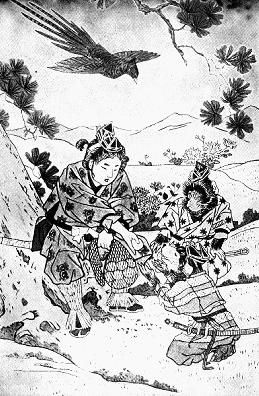



Momotaro The Japanese Story Collection




Famous Japanese Folktales Japan Web Magazine
The Roots of Momotaro, the Hero of Justice The origins of Momotaro, the hero of the famous Japanese folk tale, is said to be here in Okayama Visitors are sure to find Momotaro in various places throughout the cityMomotaro is the hero of a Japanese Folk Tale The name Momotaro is often translated as Peach Boy Momo means peach and taro means eldest son The reason he was called Momotaro in the tale is that his adoptive parents found him floating on a river inside a giant peach In the tale, Momotaro goes on a journey against the oni demonsMOMOTARO JEANS Made by hand without compromise History Manufacturing
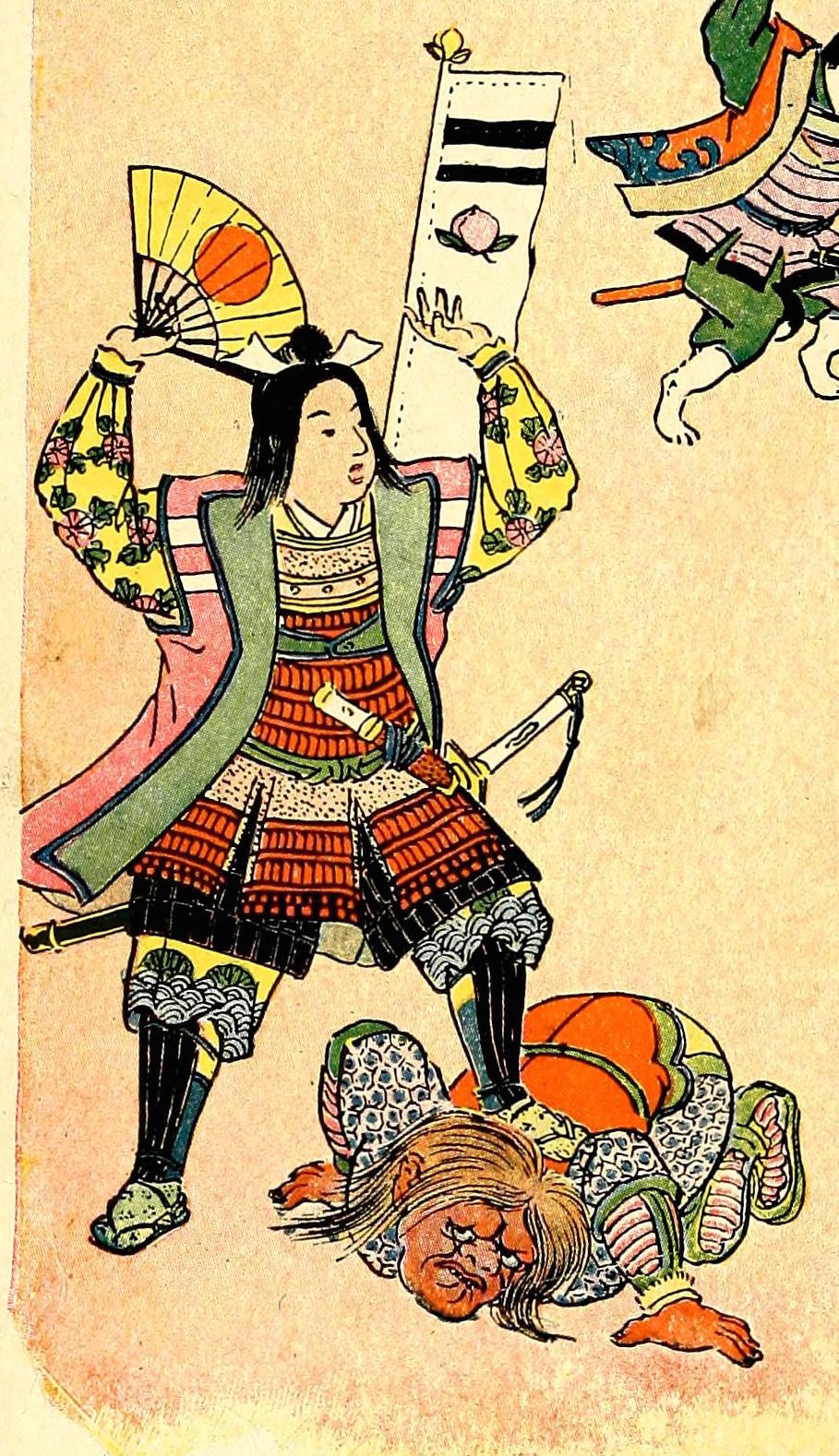



Momotarō Public Domain Super Heroes Fandom




Momotaro The Peach Boy A Japanese Folktale By M J York
Here are the most famous short Japanese folk tales and stories Momotarou ももたろう Momotaro means peach boy It's the story of a little boy who emerged from a little peach found by an old lady in the river The story goes like this The old woman went to the riverside to wash clothes She then found a delicious peach First the old man took the child up in his arms, and then the old woman did the same;Portrayal of Momotarō as a soldier in the Japanese Imperial Army fighting hostile nations was already happening by the (First) SinoJapanese War (14–15) The Momotaro tale was altered by Iwaya Sazanami in 14 so that the oni lived to the northeast of Japan, a thinly veiled reference to Qing China given the then current geopolitics



1
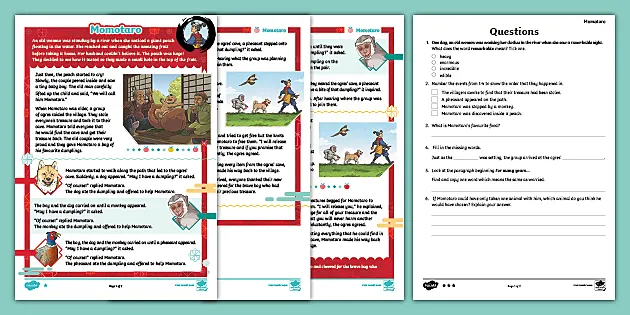



Lks2 Mythical Stories From Different Cultures Momotaro Japan
Back to the present, Momotaro orchestrates an invasion of the Dutch East Indies by air Japanese paratroopers parachute into Celebes and nearby islands, in a surprise attack The islands are defended by the British Army, but these Englishspeaking soldiers are soon overwhelmed and suffer many casualties (some soldiers dead, others captured alive)Japan Accordingly, how old is Momotaro? This is the story of young Momotaro, whose name literally means Peach Boy The story is one of the most popular from Japanese folklore Its theme of the unification of a people separated by hostility into an effective force for change resonates throughout history and applies to many different cultures Subscribe to audio podcast




Momotaro The Peach Boy A Japanese Legend In Storytime 26 Illustrated By Quang Phung Nguyen Www Be Illustration Art Kids Illustration Boy Illustration




Momotarō Wikiwand
The legend of Momotaro is a normal encounter in daily life in Japan The children's song Momotarōsan no Uta (1911) is frequently taught in Japanese schools Inuyama City holds a "Momotaro Festival" at the eponymous shrine each year on and celebrates the hero throughout the town with Momotarorelated decorations, especially on manholes ももたろう – The Tale of Momotaro Part 1 The Old Man and Old Woman 1 むかし、 むかし、 ある ところ に おじいさん と おばあさん が いました。 Show/Hide Romaji Show/Hide Translation 2 おじいさん が やま へ き を きり に いけば、 おばあさん は かわ へ せんたく に でかけます。 Show/Hide Romaji Show/Hide Translation 3 「おじいさん、 はよう もどってきなされ。A story is Momotaro is the most common folklore in Japan Almost every Japanese have been told this folklore when they were young Momotaro is a role model of all Japanese children who should be like when they grow up Through this story, children in Japan learns to be kind to elders, and animal as well as to be brave when they face problems




Momotaro A Web Comic About Japan S Most Beloved Folklore Hero




Hiragana Reading Practice Momotaro Crunchy Nihongo
They named the baby boy Momotaro (momo= peach Taro= a very classic name for boys) The boy grew so fast and very strong One day Momotaro said to the elderly couple he will go to the devils' island to defeat the devils The elderly couple gave Momotaro dumplings (きびだんご)so he could eat it on the trip Japanese Folktales or Mukashibanashi (昔話) are popularly known by children and adults all around Japan People learn of these stories from school or from their parents at a young age and pass on the stories once they have children of their own There are a number of folktales in Japan, but one of the most popular tales known to every Japanese is the Legend of MomotaroThey were peasants, and had to work hard to earn their daily rice The old man used to go and cut grass for the farmers around, and while he was gone the




Momotaro The Peach Boy Japanese Folktale Youtube




Hiragana Reading Practice Momotaro Crunchy Nihongo
"Now, brothers," says Momotaro, "bring out the Ogres' treasure" So they did The treasure was worth having, indeed There were magic jewels there, and caps and coats to make you invisible There was gold and silver, and jade and coral, and amber and tortoiseshell and motherofpearl "Here's riches for all," says MomotaroThis story is read by Laral Andrews This is the story of young Momotaro, whose name literally means Peach Boy The story is one of the most popular from Japanese folklore Its theme of the unification of a people separated by hostility into an effective force for change resonates throughout history and applies to many different cultures ''Momo'' means peach and ''Taro'' is a common name for Japanese boys It's the story of a young boy ''Momotaro'', born from a peach (yes, I know it's weird), who defeats ogres with his followers to save people Each follower represents an important value loyalty, wisdom, and courage (they actually are animalscan you guess what animals they are?




Study In Japan Deow Have You Ever Heard About Momotaro If You Haven T Heard About Him Please Give It A Try And Read His Story We Are Sure




Stamp Momotaro Japanese Story Hungary Fairy Tales Mi Hu 1725a Sn Hu 1345 Yt Hu 1410 Sg Hu 1709 Afa Hu 16 Phu Hu 1785
Momotaro, also known as Peach Boy, is the fifth story explored in the series Momotaro is a popular hero within Japanese Folklore Momotaro The Monkey (Robin) The Pheasant (Tank) The Dog (Lea) The Demon King (Wicked Witch) Urikohime The story of the hero Momotaro, whose name derives from momo, Japanese for "peach," is one of the best known in Japan, and references to it appear constantly in Japanese popular culture, including The Adventures of Momotaro, Son of a Peach A brave boy goes on a quest to rid his village of wicked demons Reading time mins Story Reads 15,2 Long, long ago there lived, an old man and an old woman;



8 Folktales Of Japan Momotaro The Peach Boy And More Goin Japanesque
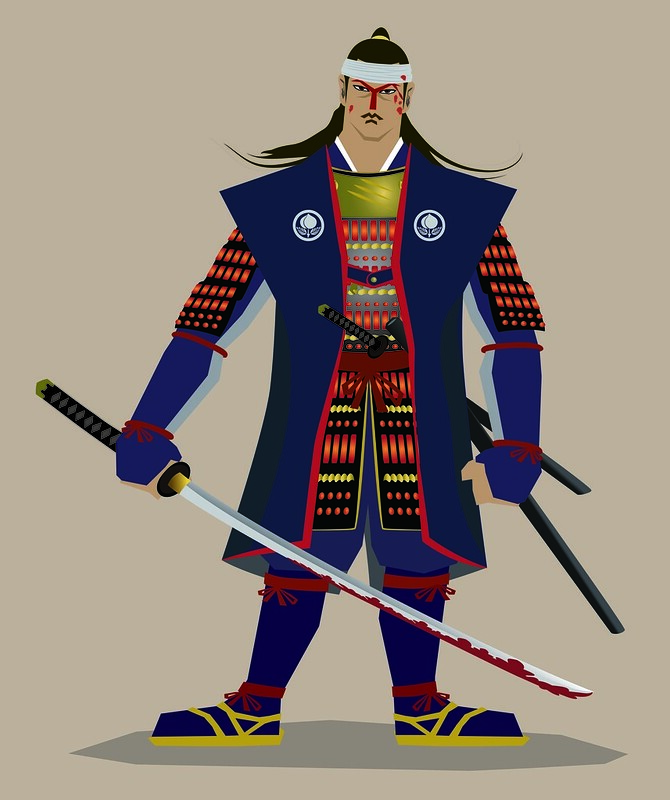



The Story Of Momotarō Kcp International Japanese Language School
"Now, brothers," says Momotaro, "bring out the Ogres' treasure" So they did The treasure was worth having, indeed There were magic jewels there, and caps and coats to make you invisible There was gold and silver, and jade and coral, and amber and tortoiseshell and motherofpearl "Here's riches for all," says Momotaro Daniel Scholz Fairy Tale, Fairytale, Folklore, Japanese Folktales Momotaro, or the Story of the Son of a Peach The Folktale Project Long, long ago there lived, an old man and an old woman;Momotaro, a protagonist in a traditional Japanese story, appears in a contemporary story and sets off to the Antarctic instead of Onigashima Island to defeat a rogue eagle Released at the time of the Manchurian Incident in 1931 and the Shanghai Incident in 1932, this film quickly gained popularity and Momotaro under the Sea , its sequel, was




Momotaro Or The Story Of The Son Of A Peach Stories Guide




Read The Japanese Story Of Momotaro Or The Peach Boy This Short Fairy Tale Is One Of The Foundations Of Many Manga And Japanese Folk Japanese Art Folk Tales
Momotaro landed, and with the hope of finding some way of entrance, walked up the path towards the top, followed by the monkey and the dog They soon came upon two beautiful damsels washing clothes in a stream Momotaro saw that the clothes were bloodstained, and that as the two maidens washed, the tears were falling fast down their cheeks As a child, Kurt Bellon remembers hearing the Japanese folklore of Momotaro, which translates to "peach boy" The story highlights the adventures of a boy who is born from a peachThe Japanese denim brand MOMOTARO JEANS was founded at Kojima Okayama in 06, where is the birth place of Japanese domestic jeans Artisan keep inherit the great techniques tradition and at coastal small town, Kojima We believe "Jeans" are not only fashion items but also the tool for creating lifestyle
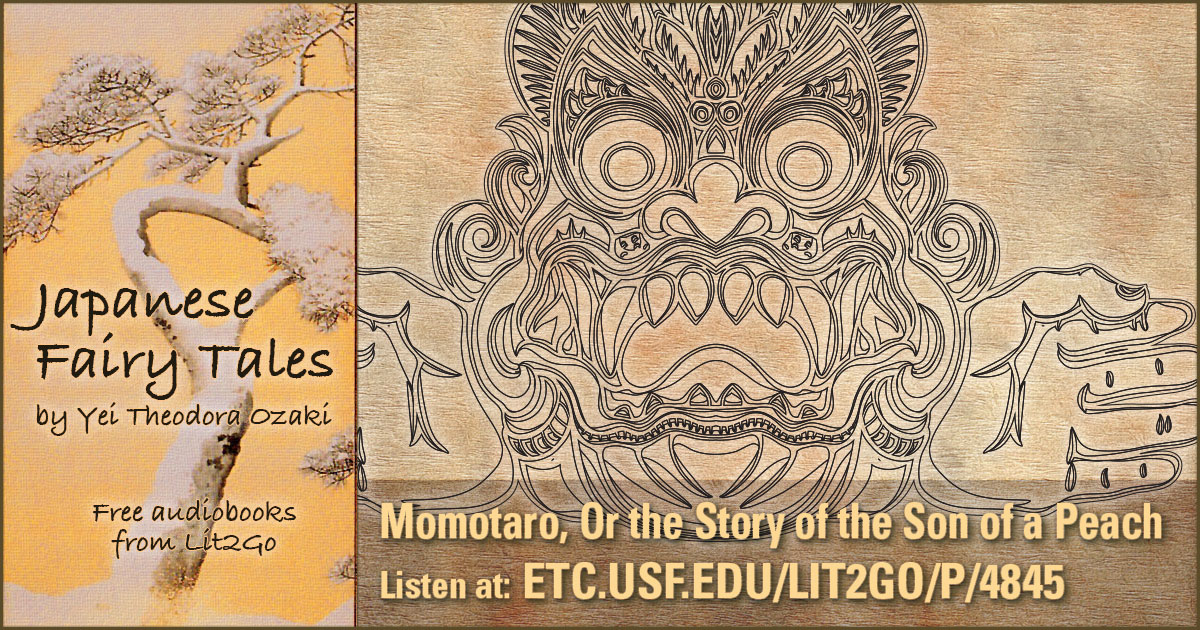



Momotaro Or The Story Of The Son Of A Peach Japanese Fairy Tales Yei Theodora Ozaki Lit2go Etc




Momotarō The Legend Of The Peach Boy Suki Desu
Japanese wood block prints, picture card shows, and dolls, all relating to Momotaro, and is a Momotaro fan's paradise The exhibits using optical illusions and Karakuri are especially interesting Address 511 Hon machi, Kurashiki City Momotaro Karakuri Museum There are also many Momotaro goods, perfect as souvenirs, available Japanese Folklore The story of Momotaro is one of the five major stories of Japanese folklore Momotaro, according to Japanese legend, is the name of a small boy born from a giant peach who descends to Earth to be the son of an elderly couple The boy rejuvenates the old couple, making them feel young again, and encouraging them to follow"Momotaro" AKA "Peach Boy" is one of, if not the most wellknown fairy tales in Japan Everyone in Japan knows the story, having heard it since young In summary, the story goes like this Long, long ago, there lived an old man and his wife They had no children




Momotaro A Japanese Fairy Tale 英語 English Narration Youtube




Momotaro Fiddlefox
Then first a dog came to the side of the way and said, "Momotaro!The old man and woman at once set to work to pound rice in the kitchen mortar to make cakes for Momotaro to take with him on his journey At last the cakes were made and Momotaro was ready to start on his long journey Parting is always sad So it was now The eyes of the two old people were filled with tears and their voices trembled as they saidThe Story of Momotaro the Peach Boy Once upon a time there was an old man and his old wife living in a village in Japan The old man, called Ojiisanwas a woodcutter and his wife, Obaasan, a washerwoman They lived alone as they had no children




Momotarō Wikipedia




The Japanese Story Project Momotaro By Legible Legible Blog Medium
Kamishibai (picturecard show) is a traditional Japanese style of story telling As many folktales, Momotaro is one of the stories that is told by KamishibaiUS$ Add to Wishlist Add to Compare Momotaro Jeans 0105SP 157oz Zimbabwe Cotton Denim Going to Battle (GTB) Narrow Tapered Jeans (Button Fly) size 26 Be the first to review this product US$ Add to Wishlist Add to CompareJapanese Reader Collection Volume 2 Momotaro, the Peach Boy The Easy Way to Read, Listen, and Learn from Japanese Folklore, Tales, and Stories Ebook written by Clay Boutwell, Yumi Boutwell Read this book using Google Play Books app on your PC, android, iOS devices Download for offline reading, highlight, bookmark or take notes while you read Japanese Reader Collection




Pin On Thinking Chalk Board




Momotaro Old Stories Of Japan Youtube
One of the more popular folktales of Japanese tradition, Momotaro is a story about its titular character, Momotaro, whose name literally translates to "Peach Taro" or "Peach Boy" According to the most common form of this tale, an old woman was washing her clothes by the river when she came upon a giant peach that was flowing with the current On a recent road trip to Okayama, my Japanese friend decided to kill time by telling me the legendary story of Momotaro Having never heard this famous Okayamaborn story before, I was naturally intrigued My friend jumped at my curiosity and processed to tell me using her unique mix of Japanese and English "So," she Thus, Momotaro, with the dog, pheasant, and monkey, crossed over to the Ogre Island, where they defeated many demons The ogres surrendered and pleaded for mercy, offering many treasures to Momotaro Momotaro brought the treasures home, where the old couple was waiting, and they lived happily together from that day on ②The first Momotaro story




Nelson Miyazu Sister City Association Another Classic Story Brought To Life By Master Puppeteer Akiko Miyamoto This One Momotaro The Peach Boy Will Be In Japanese English These Great
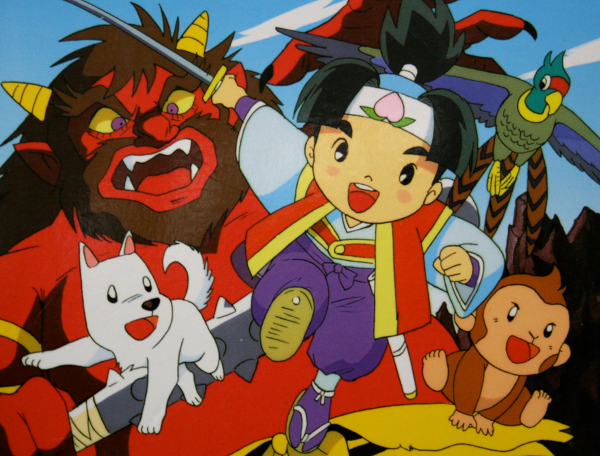



Momotarō Myths And Folklore Wiki Fandom




The Adventures Of Momotaro Son Of A Peach Bedtime Stories




Pin On Travel Old Japan




Momotaro Japanese Folk Tale Droomplanet



1




Momotaro The Peach Boy English Esl Worksheets For Distance Learning And Physical Classrooms




Japan Folklore Momotaro




Momotarou Japanese Story Book And Mini Unit ももたろう Momotaro Tpt




Japanese Reader Collection Volume 2 Momotaro The Peach Boy Digital
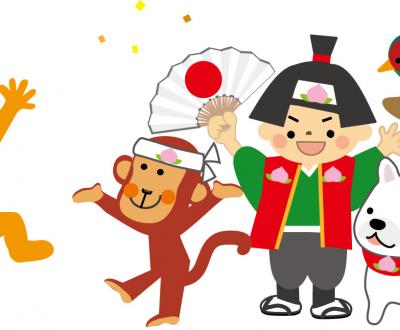



The Legend Of Momotaro Momotaro Densetsu Folktale




Do You Know The Story The Story Of Momotaro Peach Boy An Old Couple Once Lived In A Small Village In Japan They Were Poor But Hard Working And Sad Because They




Amazon Com Momotaro The Story Of Peach Boy Japanese English Translation Iwaya S Fairy Tales Of Old Japan Japanese Edition Ebook Iwaya Sazanami Hannah Riddell Kindle Store




Momotaro Legend The Peach Boy Myths And Legends




Japanese Short Stories For Kids And Small Children Short Folktales And Fairy Tales Dinolingo



1




Momotaro The Peach Boy A Cute Tale Used For Propaganda Japanese Folktales Youtube
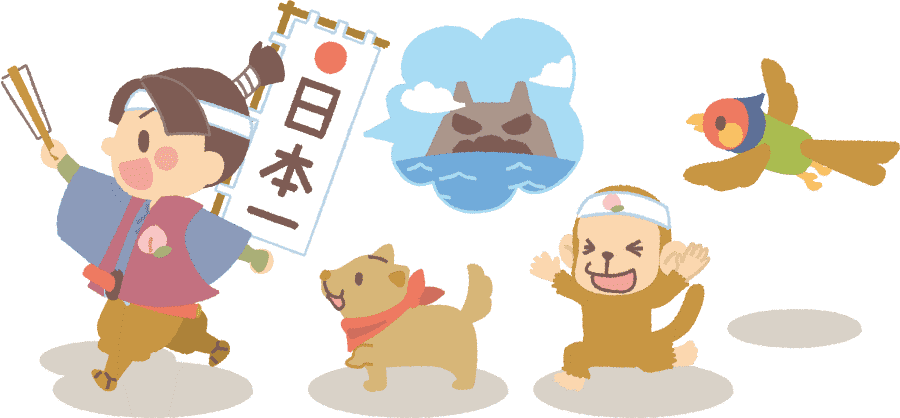



Learn Japanese From Folktales
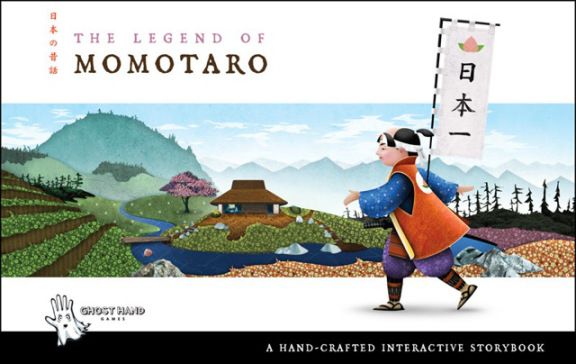



New Ipad App The Legend Of Momotaro Brings Japanese Folk Tale To Life Japan Today




Momotarō Wikipedia




Momotaro Japan Reference




Momotarō Literature Tv Tropes



Momotaro Pressreader




Momotaro Color In Worksheet Marimosou




Okayama Home Of The Japanese Folk Hero Momotaro Peach Boy




Momotaro Peach Boy Worksheet



Momotaro The Peach Boy Carol S Notebook




The Japanese Fairy Book Momotaro Or The Story Of The Son Of A Peach Wikisource The Free Online Library




Japanese Short Stories For Kids And Small Children Short Folktales And Fairy Tales Dinolingo



Momotaro The Hero Of Japan




Momotaro Green Willow And Other Japanese Fairy Tales




Momotaro A Story From Japan First Folk Tales No3 Clarke Mollie Amazon Com Books
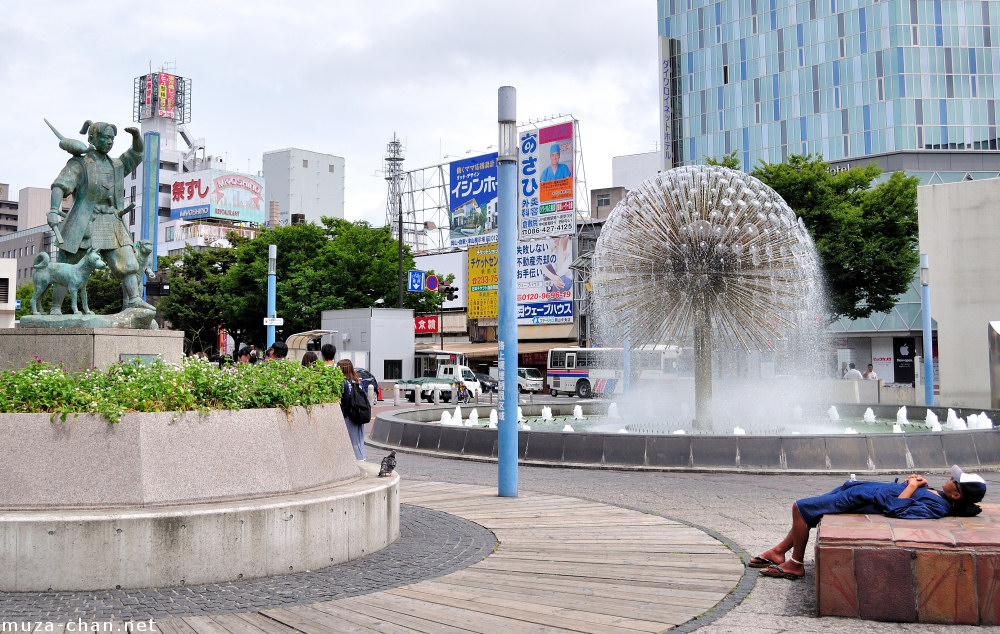



Old Japanese Stories Momotaro The Peach Boy




Reading Momotarou The Peach Boy Morenita Mommy




Momotaro Legend The Peach Boy Myths And Legends
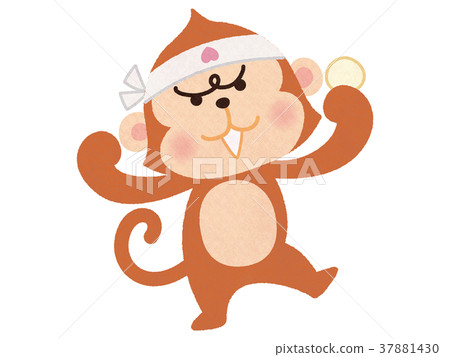



The Companion Monkey Of Japan S Best Momotaro Stock Illustration
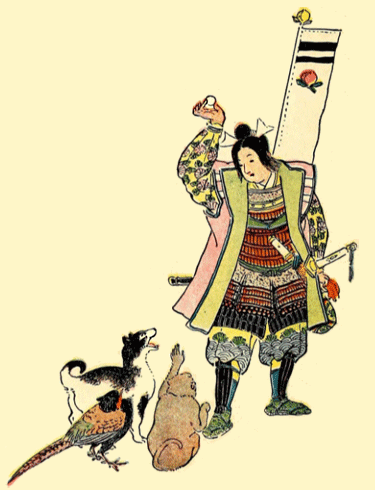



桃太郎さんの歌 Momotarō San No Uta Japanese Children S Songs Japan Mama Lisa S World Children S Songs And Rhymes From Around The World




Japan Folklore Momotaro




Momotaro Peach Boy Read Aloud Stories For Children Youtube




Children S Book Review Peach Boy By William H Hooks Author De La Puente Illustrator June Otani Illustrator Bank Street Press 4 5 48p Isbn 978 0 553 4




Turning Japanese With Momotarō And Elly Nagaoka Helbling Schweiz
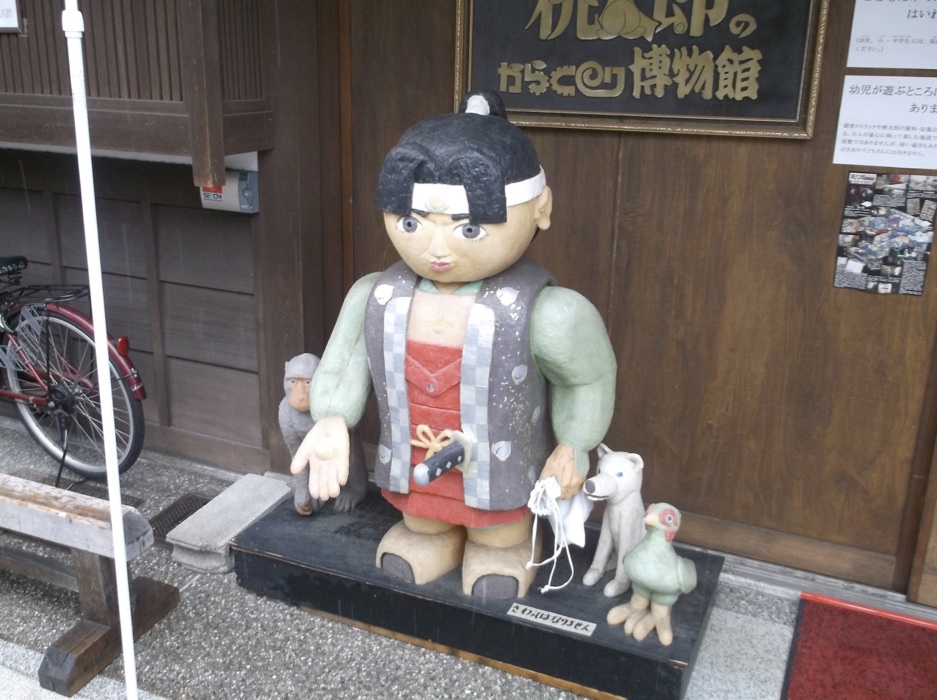



Who Is Momotaro Find Out In The Momotaro Karakuri Museum




Momotaro Peach Boy Worksheet




Book Review The Adventure Of Momotaro The Peach Boy Anne Sea Illustration




Pin On 빠른 저장



Momotaro The Hero Of Japan
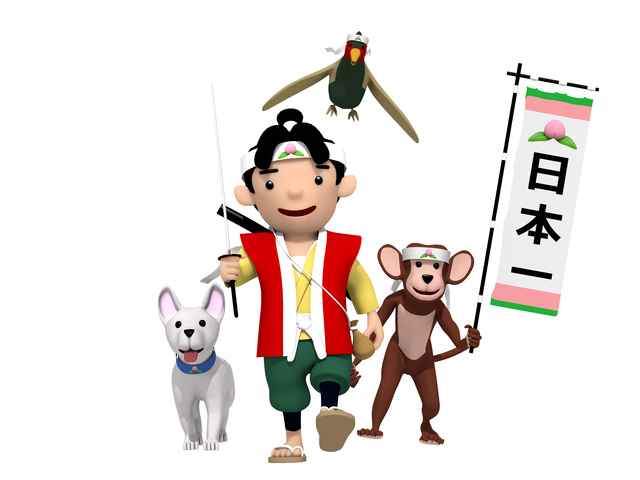



10 Classic Japanese Stories Tsunagu Japan




Momotaro And His Oni Nemesis Kazuko Nishimura




Momotaro And The Island Of Ogres Stephanie Wada Kano Naganobu Amazon Com Books




Momotaro Japanese Fairy Tale By Makoto Shibutani
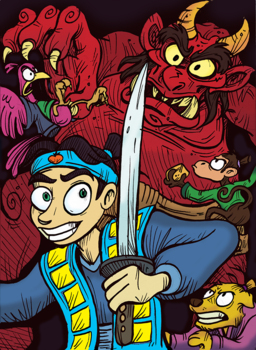



Momotaro The Peach Warrior A Japanese Folktale Reader S Theater Script Story




What Do The Stories Say Momotaro The Peach Boy




Momotaro Legend The Peach Boy Myths And Legends




Peach Boy Momotaro Japanese Folktales Youtube




Book Review The Adventure Of Momotaro The Peach Boy Anne Sea Illustration




Momotarō Wikipedia




Momotaro Folk Legends Kids Web Japan Web Japan



Momotaro Japan Reference
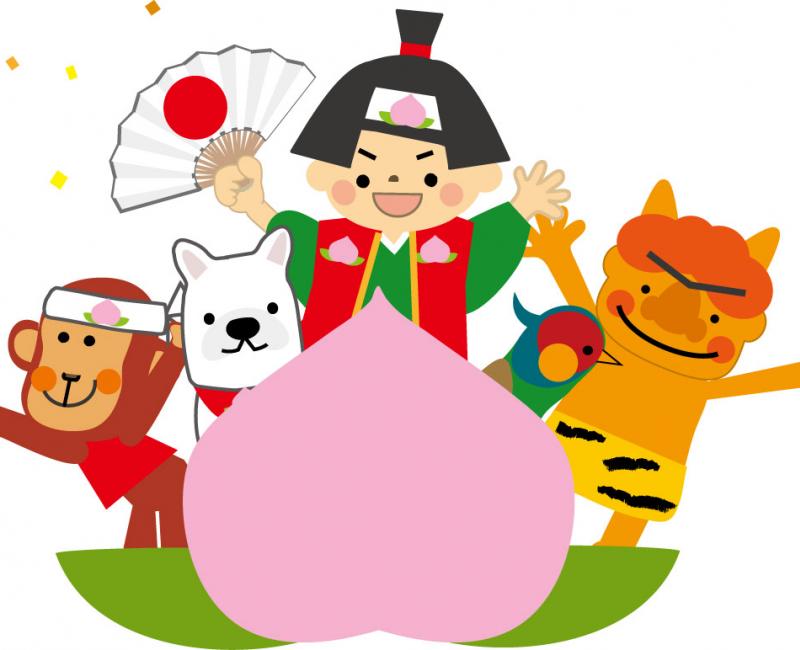



The Legend Of Momotaro Momotaro Densetsu Folktale




Momotaro A Japanese Folktale Worksheet Education Com




Momotaro In Japan And Accompanying Dog Monkey Stock Illustration




Onigashima The Demon Island From Momotaro Japan Info
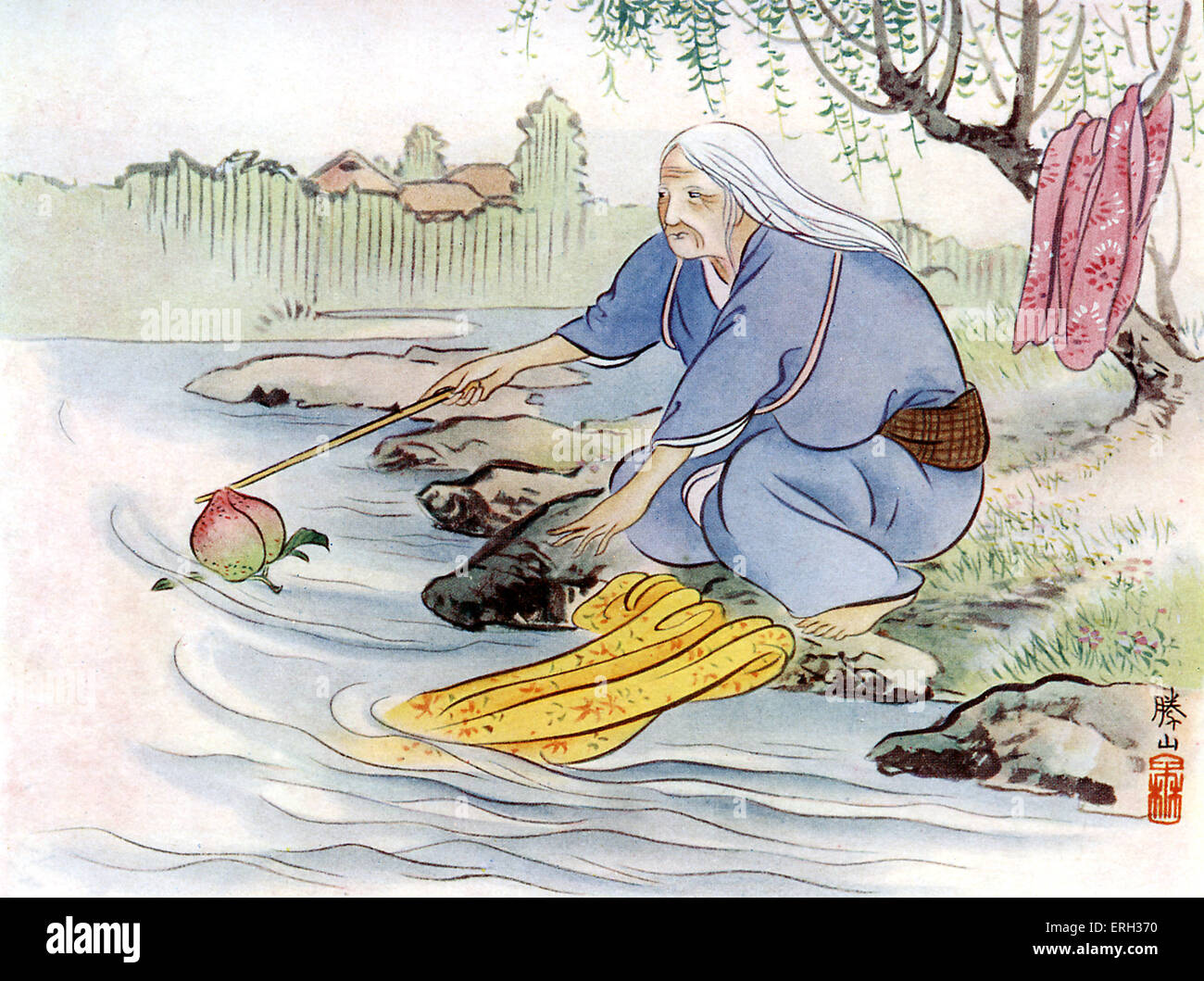



Momotaro High Resolution Stock Photography And Images Alamy




Momotaro The Peach Boy English Esl Worksheets For Distance Learning And Physical Classrooms




Japanese Short Stories For Kids And Small Children Short Folktales And Fairy Tales Dinolingo




Stream Episode Momotaro 桃太郎 By Kazilla Japan Stories Podcast Listen Online For Free On Soundcloud



Anime




Momotarō Is The Protagonist Of One The Most Famous Japanese Folk Tales It Tells The Story Of Children Illustration Japanese Kids Children S Book Illustration




Momotaro Or The Story Of The Son Of A Peach Ebook By Yei Theodora Ozaki Rakuten Kobo Greece




Japanese Reader Collection Volume 2 Momotaro The Peach Boy By Clay Boutwell
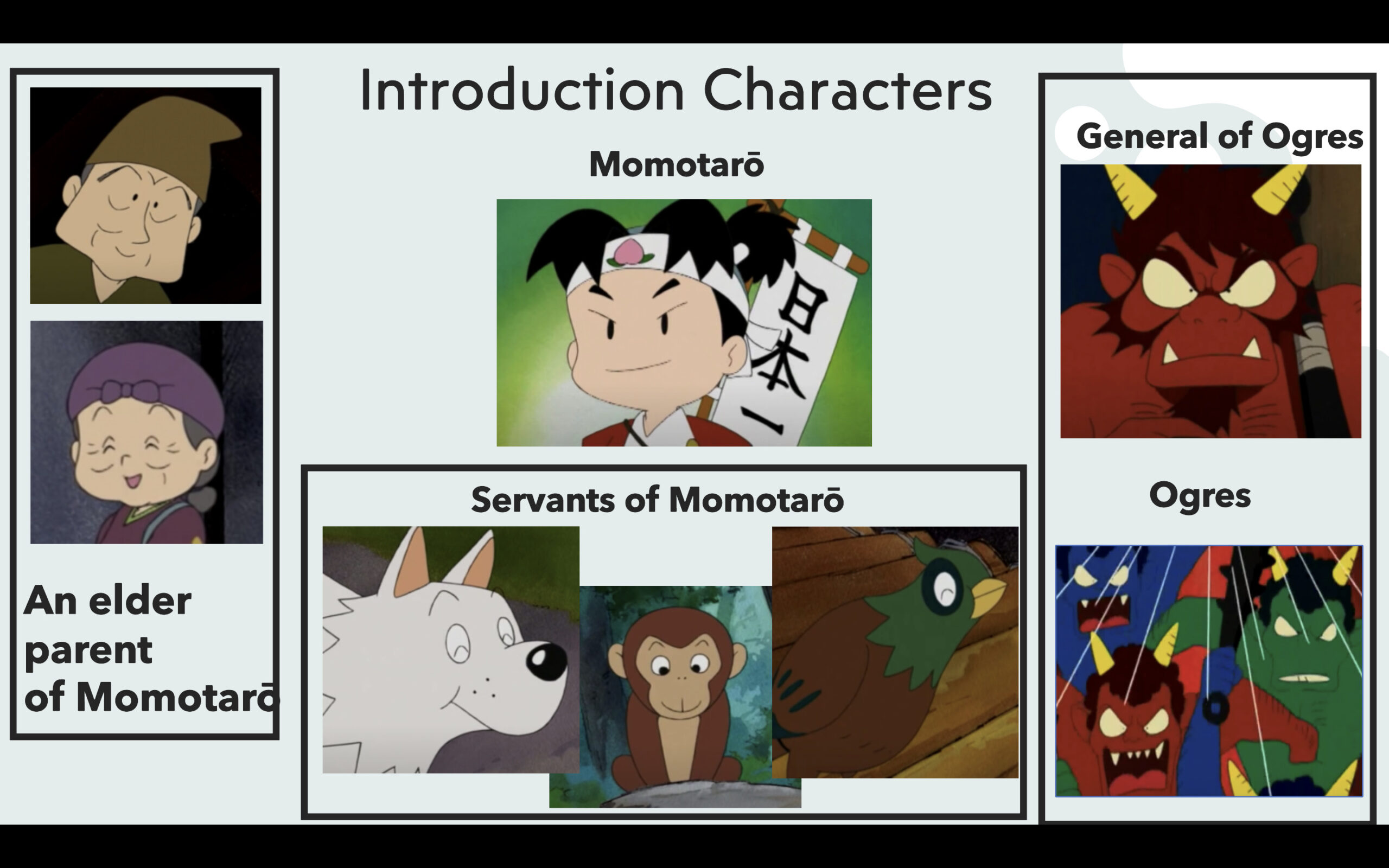



Chani Blog Momotaro




Momotaro The Peach Boy Japanese Mythology Folklore




Buy Momotaro The Peach Boy A Traditional Japanese Tale Book Online At Low Prices In India Momotaro The Peach Boy A Traditional Japanese Tale Reviews Ratings Amazon In
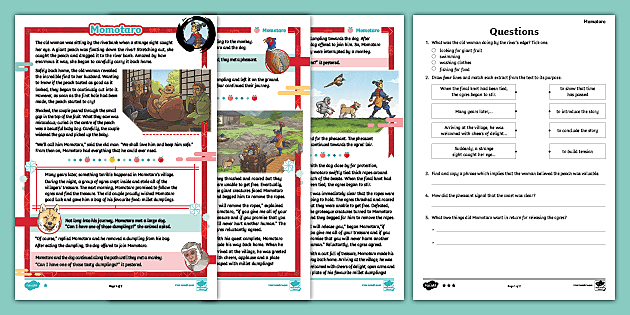



Uks2 Mythical Stories From Different Cultures Momotaro Japan




Pdf Momotaro The Peach Boy And The Spirit Of Japan Concerning The Function Of A Fairy Tale In Japanese Nationalism Of The Early Showa Age In Asian Folklore Studies Vol 50 1991 155 1




Learn Japanese With Stories Volume 2 Momotaro The Peach Boy Audio Download Japanese Reader Collection Kindle Edition By Boutwell Clay Reference Kindle Ebooks Amazon Com
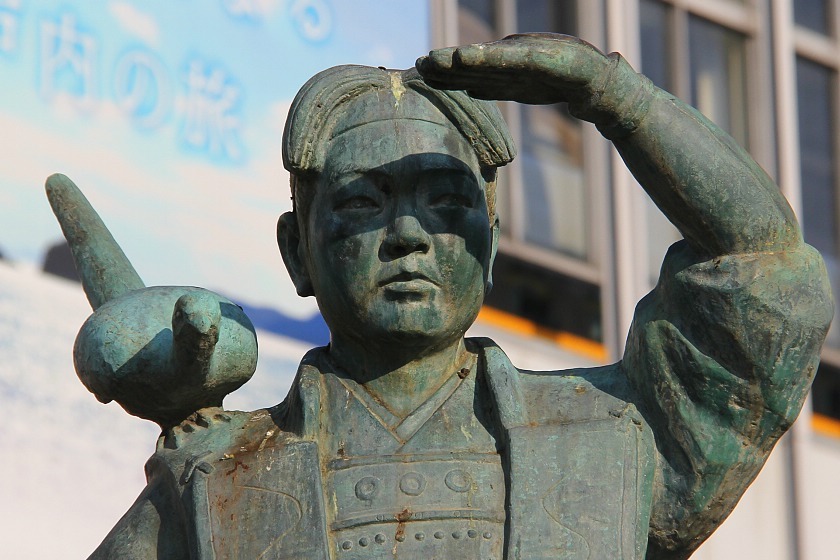



Home Delivery By Japan Guide Com The Legend Of Momotaro
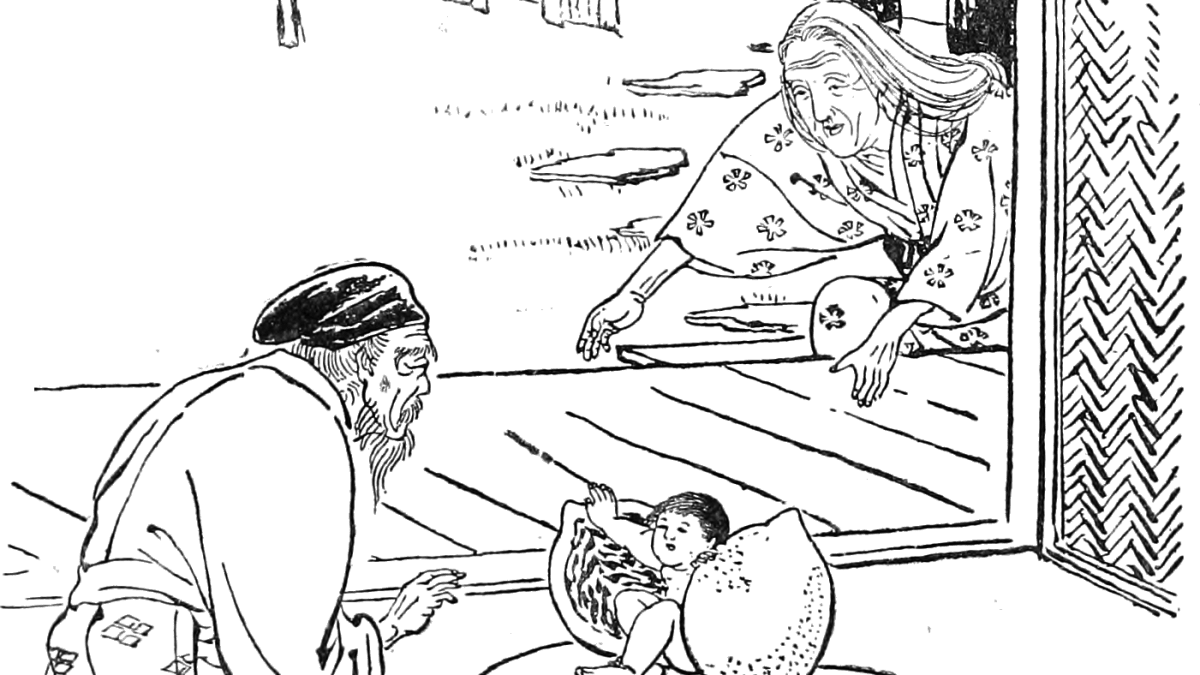



Japanese Folktale The Tale Of Momotaro Letterpile



0 件のコメント:
コメントを投稿